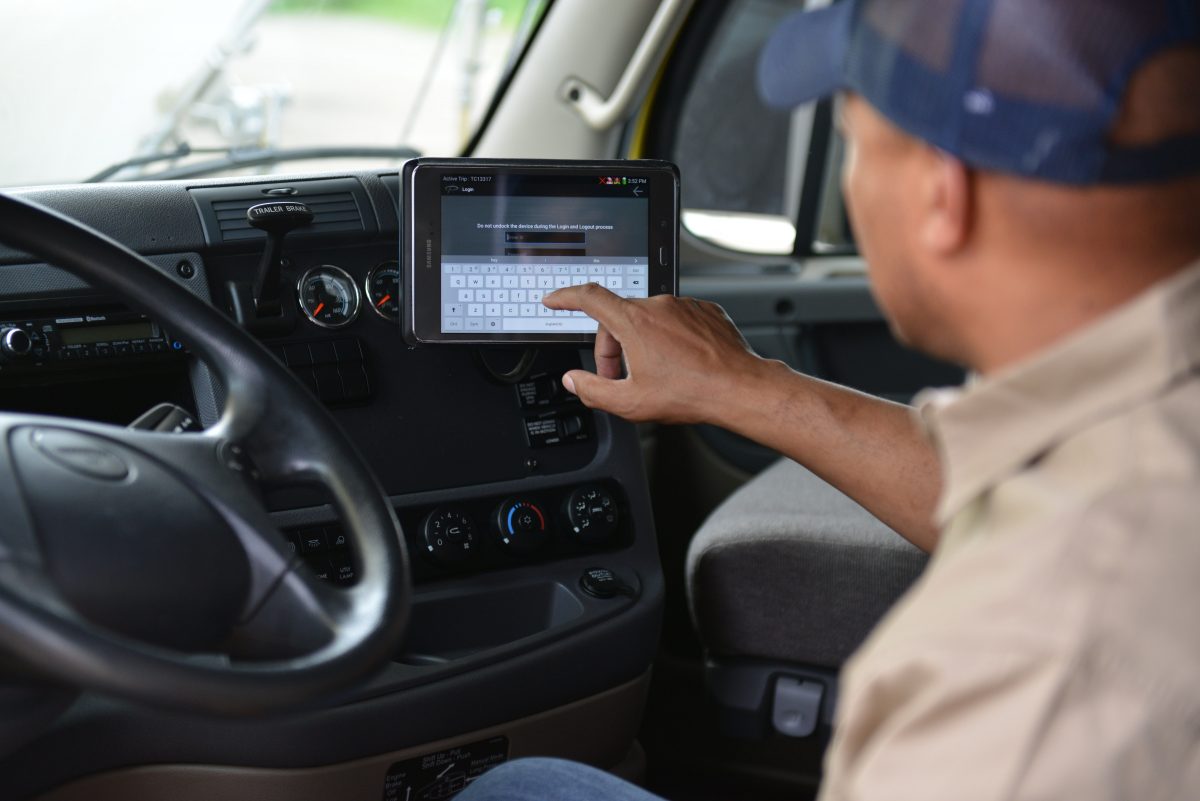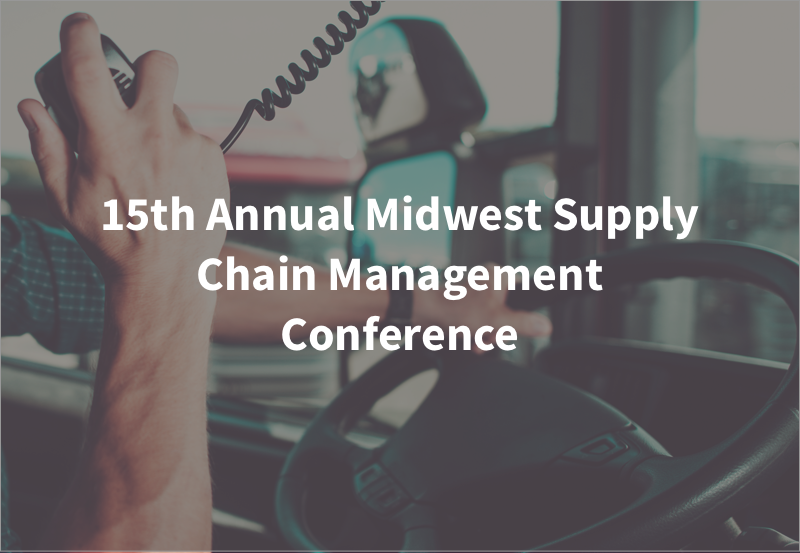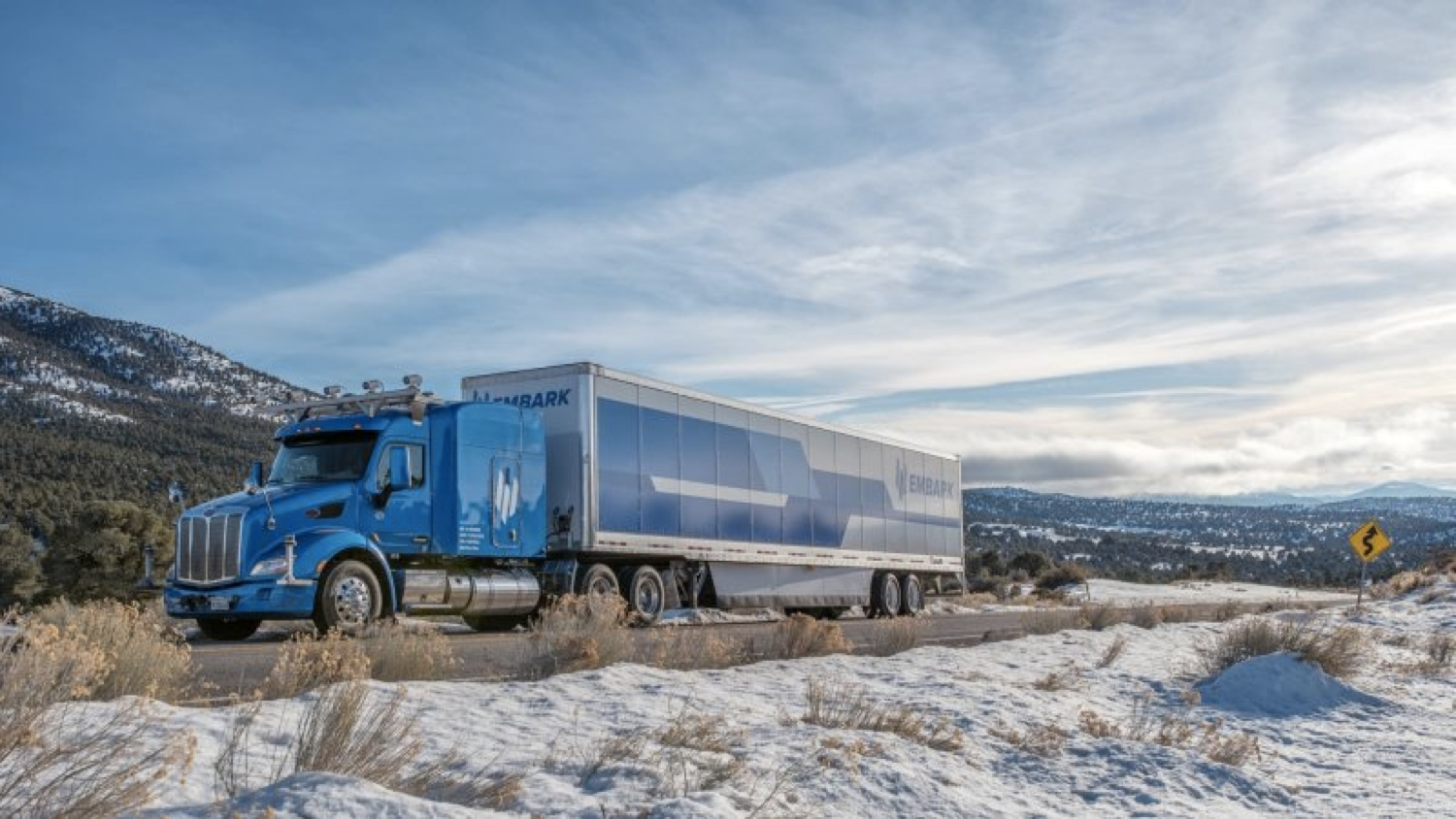The US Government enacted its long-awaited Electronic Logging Device mandate on December 18, 2017. Many changes were expected to come of this, including a significant number of drivers and trucks leaving the roads. However, there was actually a 1% increase in active carriers between the time the mandate was enacted and February 18th, 2018. Despite many truckers saying that they would leave the industry due to the new mandate, a decrease in drivers has not come to fruition in the first quarter of the new year. Still, there is much speculation as to what will happen on April 1st, when all trucks not utilizing ELDs will be put out of service.
One major finding from January of 2018 is that capacity has been drastically reduced. In fact, load-to-truck ratios were just under 10 to 1, which is a record high. This is a dramatic year over year change from 2017, when the ratio was approximately 3 to 1 (2016 was 2 to 1, for reference). It may be too early to tell if this is directly related to the ELD mandate, but the correlation is certainly there. With drivers being under stricter rules and on tighter deadlines, they are likely not able to service as many shipments in a short amount of time as they have in previous years.
In addition to record-low capacity, the industry also saw record highs in rates. Again, it can’t be said with certainty that this is linked to the ELD mandate, but the numbers are there to support it. This is especially true when considering that van rates were still 32% higher in February 2018 than in 2017. There was not a major increase in loads year over year, so the significant rate increases are intriguing. If they are linked to this mandate, it is likely due to decreased productivity, especially on borderline trips. 500 to 600-mile trips that used to take one day have now become two-day trips due to legal requirements. This could mean that carriers are charging higher rates to make up for lost time. Confused about how to navigate the ELD terrain? Start Today with Zip Xpress – we’ll help find the best shipping solution for your company’s needs.






